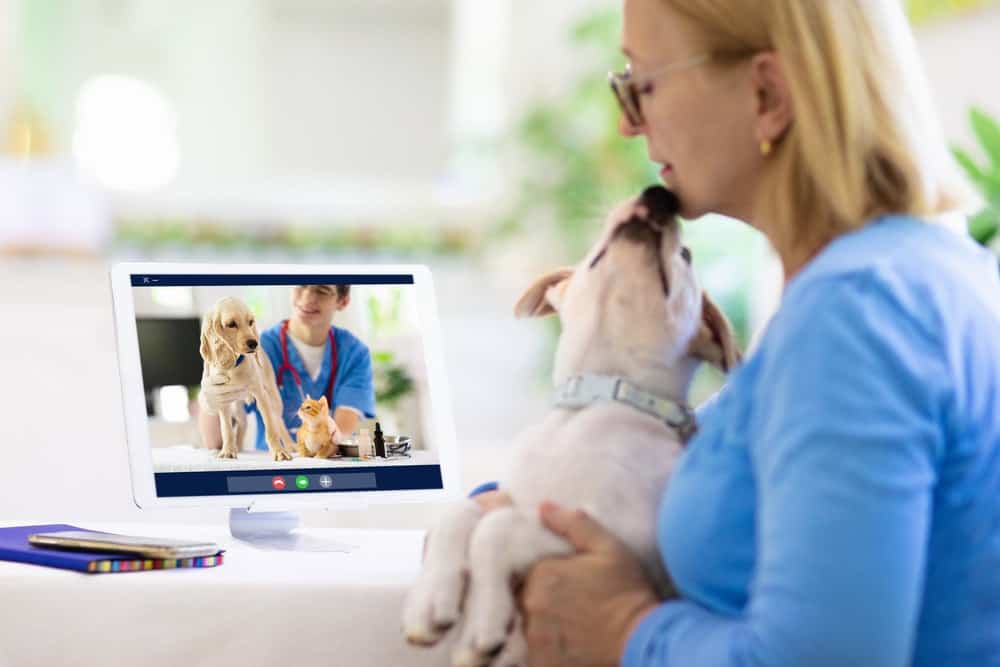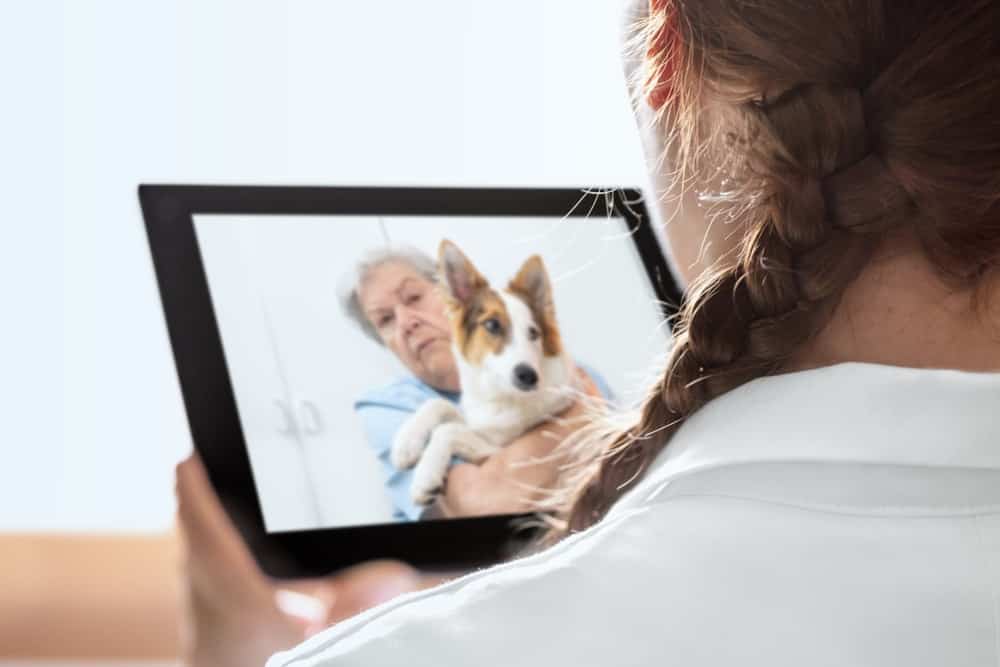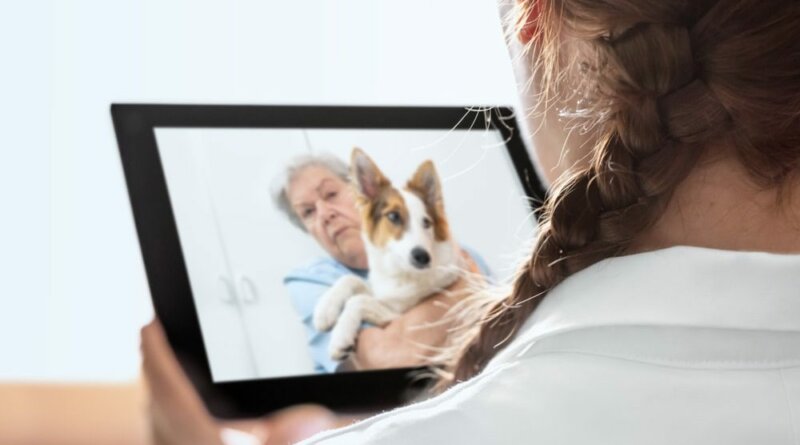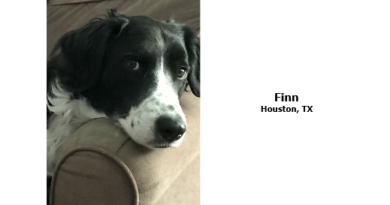The Changing Landscape of Veterinary Medicine Because of COVID-19
By Dr. Balpal Sandhu
Telehealth practices are on the rise in America. Even before the COVID-19 virus gripped our daily lives, telehealth sites began popping up as an alternative to traditional in-doctor visits for routine check-ups or getting prescription medication.

For the patient, this offers an alternative to taking time off of work, sitting in a waiting room to address non-emergency symptoms. For the physician, this provides another revenue stream for their practice and allows them to treat more patients safely and effectively. Again, telemedicine should be used only as an alternative to non-emergency, routine check-ups.
For veterinarians, the idea of telehealth is an excellent option for offering a new dynamic in the continued care for family pets. In the new COVID-19 world, telemedicine for pets makes even more sense and does not impede treatment integrity or value. The bottom line is that veterinarian telehealth is trending.
When COVID-19 was declared a global pandemic, every industry scrambled to implement new ways to continue its business and service offerings. For veterinarian care, this meant closing our offices to humans but remained open for pets. In most cases, pet owners arrived at the veterinarian office, called the front desk to announce your arrival, answered a few triage questions, and waited in the car for a staff member to collect your pet. Once inside, the veterinarian calls the owner while with your pet, they explain the exam and discuss any required treatments. The owner would then receive a third call from the check-out desk to collect a payment, give instructions to any medications, and release your pet. A few minutes later, a staff member returns your pet to you outside while still waiting in your vehicle.
As this was a short-term solution, it opened the door for telehealth visits. The main problem with this solution was the owner not being in the room to discuss the pet’s particular behaviors and see the exam taking place. Nobody knows their pet better than the owner, and since your pet is unable to describe symptoms or feelings, having the owner present during examinations is still a critical part of successful pet care.

Implementing high-tech accommodations enabling pet owners to be present during a pet’s exam is easy to implement and comes at minimal cost to the practice, if any. Maintaining the new process of collecting pets from the owner’s vehicle is likely to become a mainstay. Adding the use of video conferencing such as Zoom, Skype, or FaceTime between the owner and the veterinarian is an effective alternative. Video conferencing can be easily added to any practice using a tablet or dedicated screen in the exam room.
Further to the use of real-time video conferencing, many owners who have an established relationship with their pet’s veterinarian have the option of using telehealth for examinations or getting advice on a particular ailment.
For example, if a dog develops a lump on any part of the body, the owner can take a video or photo and send it directly to the veterinarian with an explanation. The vet can then review and discuss with the owner regarding the next steps. And, since the Food and Drug Administration temporarily relaxed requirements regarding physical examinations to prescribe drugs, treatments can begin immediately through the telehealth platform.
The effects of this pandemic will be with us for the foreseeable future. Lingering fear will likely continue, and safety measures will remain in effect for quite some time. How veterinary medicine is delivered has changed but hasn’t digressed. The likely outcome is seeing hybrid models combining traditional delivery of veterinary medicine with new drive-up, drop-off, or telehealth services.
About the Author: Dr. Balpal Sandhu is the resident surgeon at the AV Veterinary Center in Lancaster, Calif., which is top clinic providing medical, surgical, rehabilitation, and trauma center for pets. Dr. Sandhu graduated from Punjab Agricultural University, India in 1990 passed his veterinary boards for the U.S. in 1995. His ECFVG clinical rotation was completed at the University of Missouri College of Veterinary Medicine, and his surgical residency was at Animal Medical Center of Southern California in West Los Angeles. In his spare time he enjoys breeding and showing Arabian horses, spending time with his children and keeping up his ranch.





buy cytotec online fast delivery – https://cytotecsale.pro/#
dark net dark market
dark web site darknet markets 2023
Greetings! This is my first visit to your blog! We are a group of volunteers and starting a new initiative in a community in the same niche. Your blog provided us valuable information to work on. You have done a wonderful job!
Some really choice posts on this site, saved to fav.
sildenafil oral jelly 100mg kamagra https://kamagra.icu/# – super kamagra